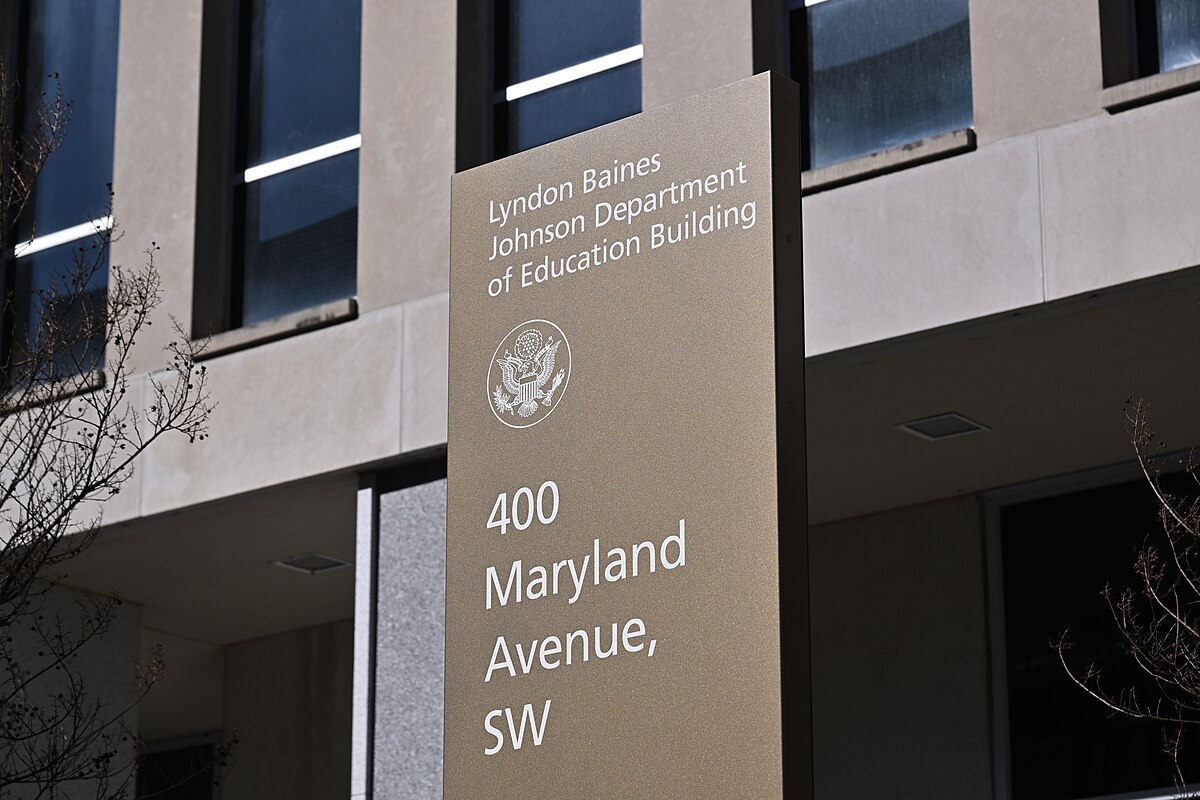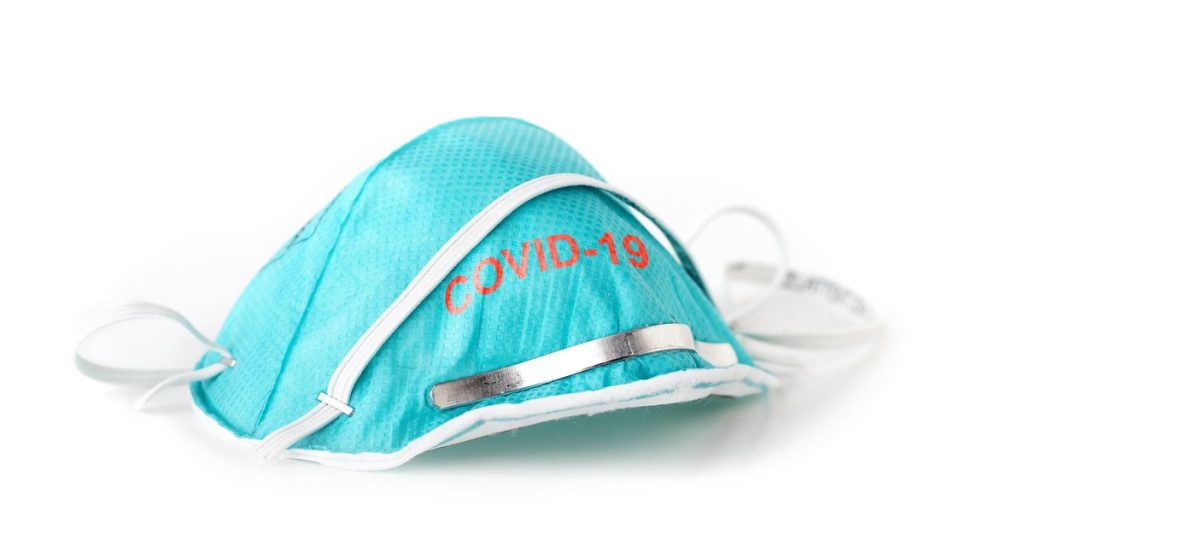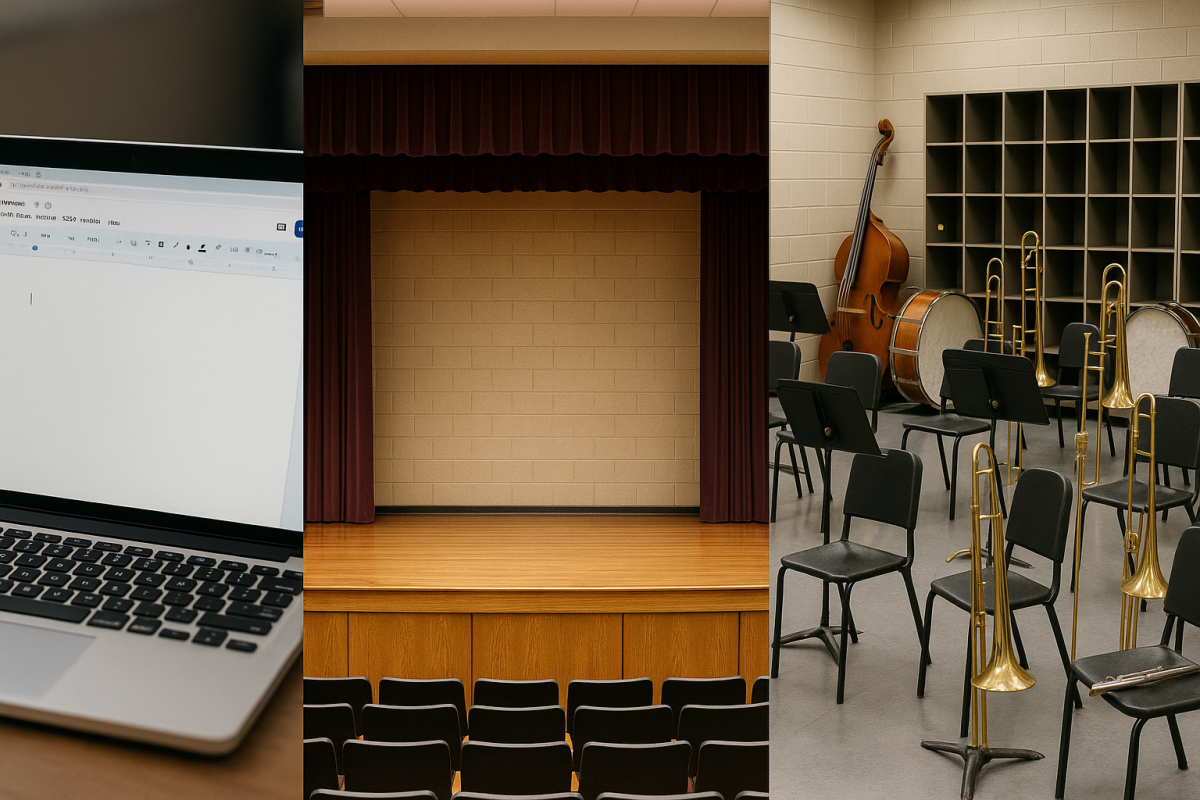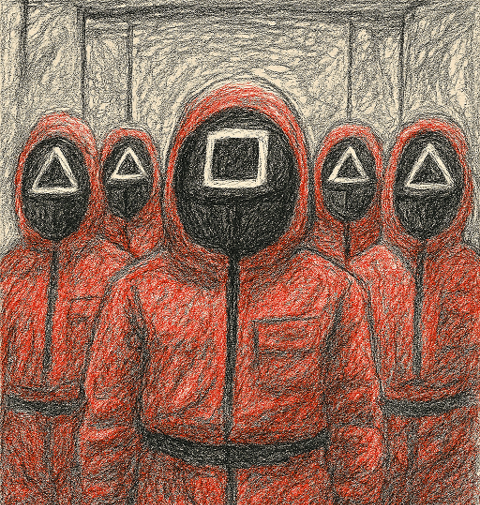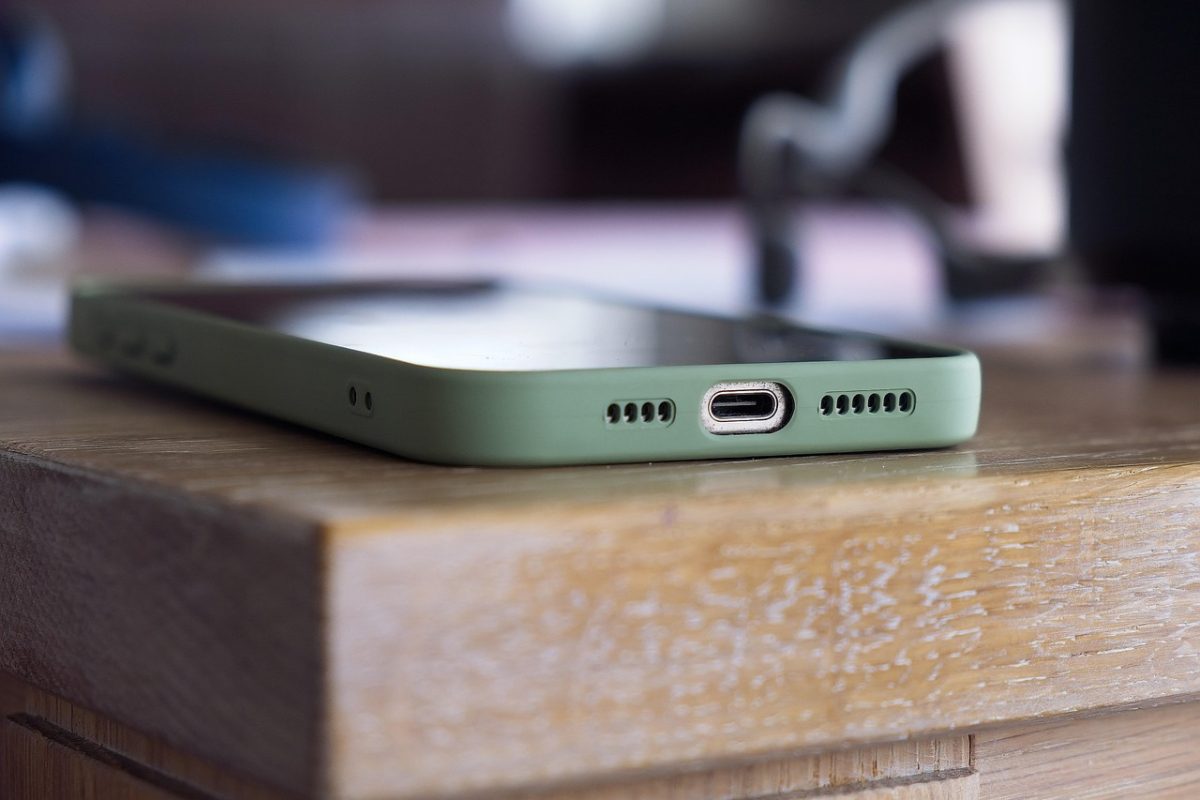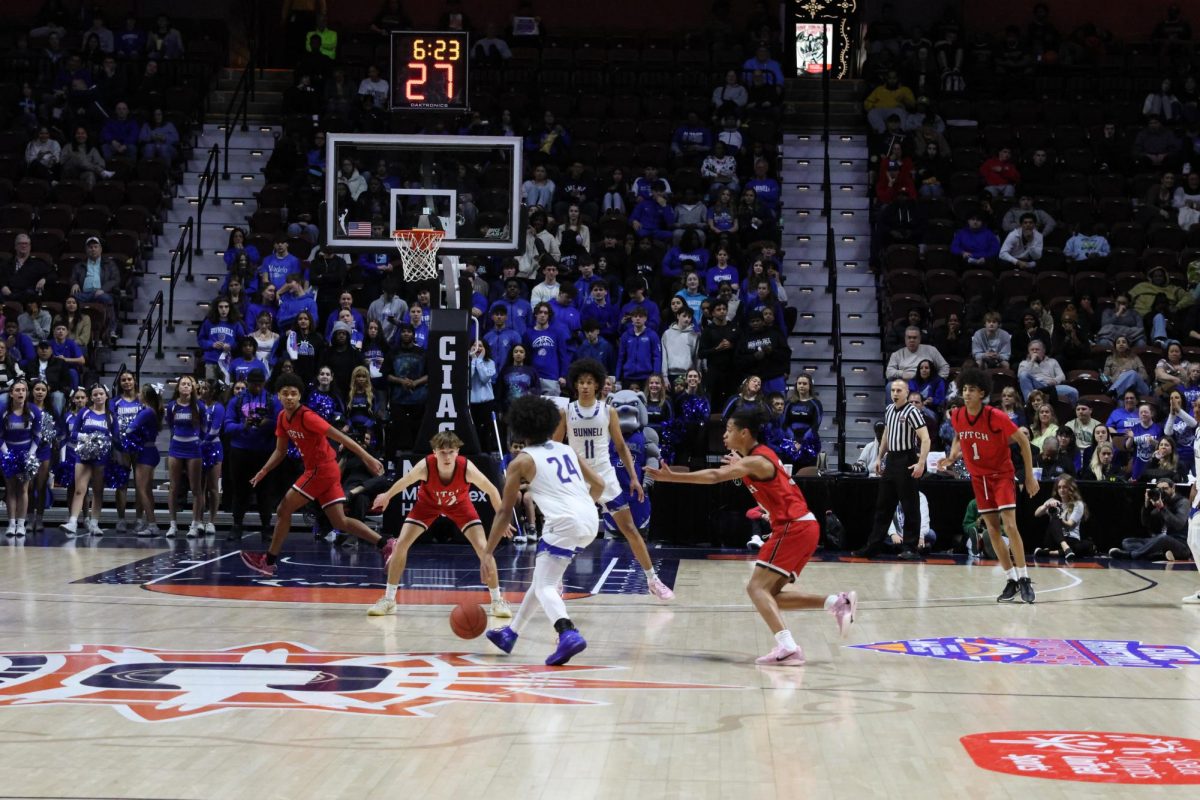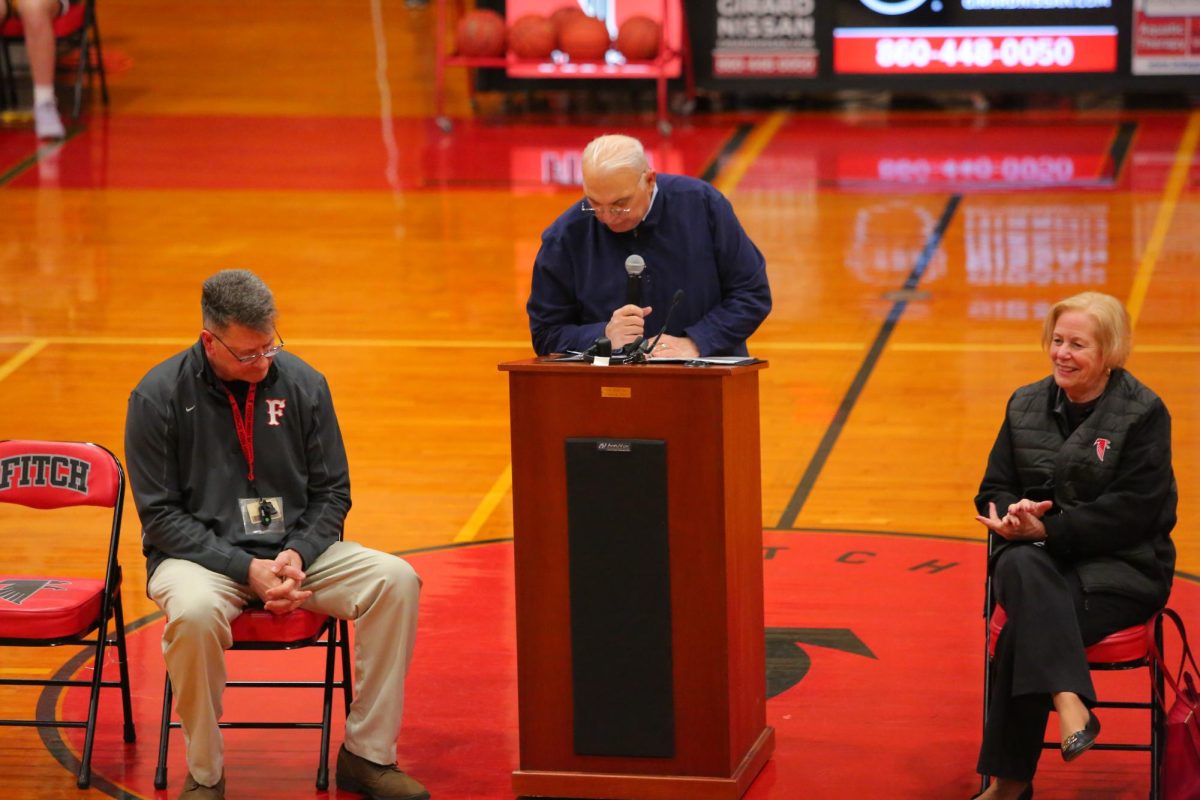Orbital Debris in the Final Frontier
January 16, 2020
Space. The final frontier. The source of thousands of years of stories depicting tales of survival, death, revenge, and forgiveness. Ever since the first hunter-gatherers looked up to the stars with wonder, we’ve longed to be among them. But, as we venture further into the dark, it becomes harder and harder to go back. Why? We’re leaving our trash right where we left it, and the tricky thing about space is that it stays.
More frequently than ever, we’re having to move satellites to dodge orbital debris, thousands of microscopic pellets moving at up to 8 miles per second. These speeds are so high that if two satellites crashed into each other, they wouldn’t crush or mangle and fall back down to the Earth, they would vaporize and that cloud of debris would then continue on its path as if nothing happened.
This leads to an infamous effect known as Kessler Syndrome, which is when you get one collision, then the debris cloud from that hits another satellite, then another, until this cascades into a debris cloud that spans the entire Earth, unbreaking. It could take these microscopic pellets centuries to fall back to Earth due to the tiny amount of atmospheric drag acting on them, but we can’t wait that long, as we need access to space now more than ever. We need weather satellites to monitor droughts, hurricanes, global warming and wildfires, communication satellites to carry signals and messages across the Earth, and we still have to fill that human need to venture into the unknown.
PRIVATE vs GOV’T:
A recent controversy regarding Kessler Syndrome was stirred by SpaceX’s launch of 60 internet satellites into low Earth orbit (LEO) for use in their Starlink constellation. This may seem low considering there are about 800 active satellites in LEO, but SpaceX’s goal for Starlink is twelve thousand. Just a few months after the first Starlink launch, there was a chance for a collision between Starlink-44 and the European Space Agency’s Aeolus weather satellite. The chance was a thousand times past the threshold for concern, and ESA advised SpaceX to move their satellite. They never got the email. Dr. Tobias Cabral states, “As long as they’re in well characterized orbits, they’re not a threat to anything. It’s when things go astray that you have to worry about them. ”
PLANETARY PROTECTION:
Back in April, the first completely private moon lander crashed into the fine grains of the lunar regolith after a failed landing. Condolences were given to the SpaceIL team for the loss of their cherished probe, Beresheet (Hebrew for Genesis), but a stunning discovery was made just four months later. Thousands of tardigrades, hardy organisms that are known for surviving the worst conditions on Earth and even the vacuum and radiation of space, hitched a ride to the lunar surface.
On the surface level, this isn’t much of a problem–these tardigrades aren’t walking around colonizing the Moon–but the problem is how they got there. When NASA conducts missions to the Moon or other celestial bodies, their probes are sterilized and wiped of bacteria to the best of their ability because of the rules put in place by their Office of Planetary Protection. However, the Beresheet lander was held to no such standard.
If this probe was heading to Mars, or to Titan, a moon of Saturn which closely resembles an early Earth, it could ruin their ecosystems both for study and for preservation. However, there are varying opinions as to what extent should we preserve these ecosystems.
TECHNOLOGIES ON THE HORIZON:
New technologies – like reusable launch vehicles, cubesats (small satellites that typically serve a single purpose) and cheaply manufactured parts – are on a fast rise in the space industry. Ventures like SpaceX, Blue Origin, Relativity Space, and a variety of other companies are emerging from the shadows of the old giants. Companies like Boeing and Lockheed Martin that still build expensive single-use rockets are slowly losing business. Boeing and Lockheed’s joint venture, United Launch Alliance, only had four missions in 2019 where SpaceX had ten. However, the advent of cheaper access to space has led to more concerns about orbital debris. Nicholas Alexander, Senior in Environmental Sciences at Connecticut College, explains,
“An issue that comes with partial and full reusability is that it drives the cost of launch way down and you end up with more and more access to space; we’re putting more things into orbit with less money which results in a lot more small sats and cube sats being launched to space with minimal comms and regulation.”
But, as Dr. Cabral puts it, the ability to launch thousands of satellites means the ability to bring them back. The European Space Agency’s Clean Space initiative has been pushing the industry to develop, fly, and test debris deorbiting technology ranging from a robotic arm to a space-rated net. Other companies are also starting to prevent debris by deorbiting their rockets after putting their payload into orbit. For example, Rocket Lab, a launch provider based in California, deorbits their kick stage (a small rocket stage used for placing satellites into very precise orbits).
RocketLab and other companies like SpaceX and Blue Origin are making new technologies that would bring in the largest paradigm shift in space since the advent of manned spaceflight. With this comes new challenges in government control and the safety of extraterrestrial worlds, but also great opportunities for innovation on Earth and for the growth of humanity into the cosmos. All this and more will be expanded on in Part 2.












